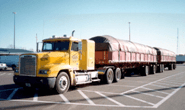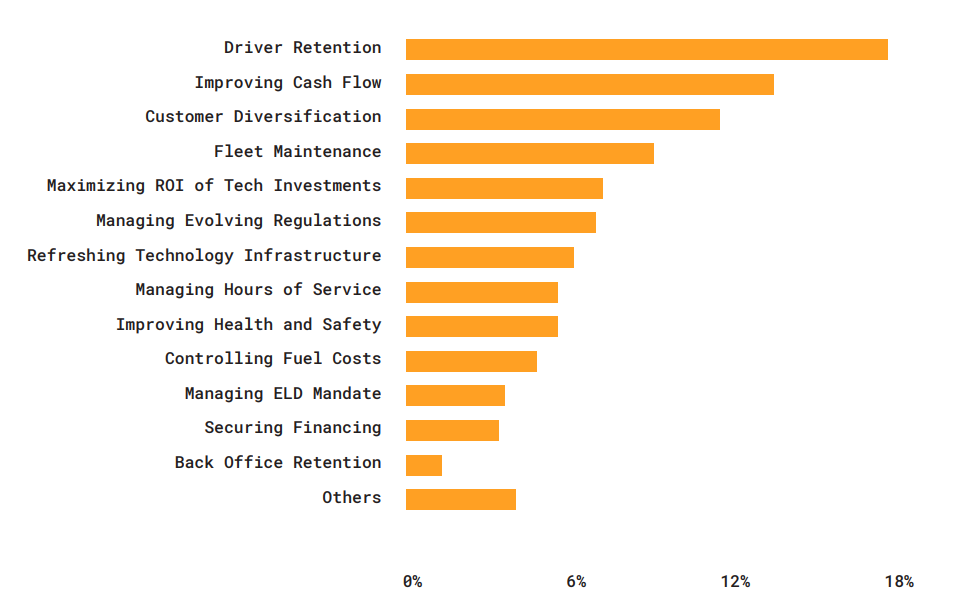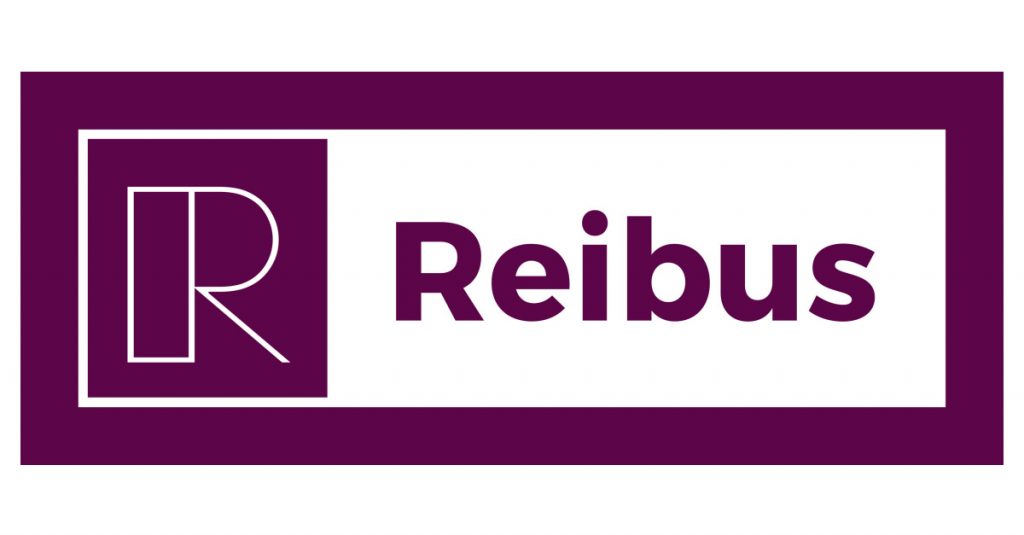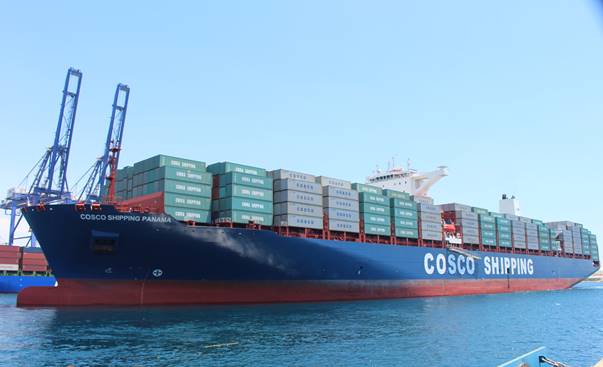Shipping and Logistics

Hectic Year for Freight Aggravates Driver Shortage
Written by Tim Triplett
October 19, 2020
2020 has been one of the most volatile years the freight markets have ever seen, but the issues of most concern to truckers remain largely the same. Retaining drivers and improving cash flow are the top two concerns among trucking companies polled this summer by industry information provider FreightWaves.
“The market has experienced wild demand swings and abrupt supply disruptions over the past eight months. In addition, individual companies have had to learn to operate in a completely new environment and come up with innovative ways to ensure their employees’ safety. Overall, driver retention and cash flow seemed to be the most prevalent industry challenges on operators’ minds,” reported the researchers in a recently released white paper.
What do you believe are your company’s three biggest business challenges?

FreightWaves’ findings align with those of the American Transportation Research Institute (ATRI), which has had the driver shortage at the top of its annual list of concerns for four years running.
The transportation and logistics industry has undergone a technological revolution in recent years, but research shows that many industry players have been left behind. Small and mid-sized truck fleets with less diversified customer bases are disproportionately at risk of cash flow problems that hamper their investments in new technology. Even half of the large carriers (500+ trucks) surveyed said refreshing technological infrastructure is among their companies’ biggest challenges.
With small carriers making up most of the capacity on the road, their inefficiencies can be felt across the entire industry. Survey results show that carriers with fewer than 50 trucks are not readily embracing technology. Less than 50% of small carriers surveyed were operating with a transportation management system (TMS). This number was much smaller–about 20%–among mid-sized and large respondents.
COVID-19 has only exacerbated the need for technology, as fleets must find ways to perform their duties while remaining socially distant. Many manual processes are no longer feasible in this new contact-less environment. One of these processes includes proof-of-delivery forms or bills-of-lading, yet mobile scanning solutions and automated billing have not yet become industry standards. Most small and mid-sized carriers surveyed do not use a mobile scanning solution, and only two-thirds of large carriers said they do.
Technology adoption among carriers in general is slow and still in its early stages. The most basic technological need of a carrier–a TMS–is only used by 45% of small carriers. One notable exception has been the adoption of electronic logging devices (ELDs), which are now federally mandated.

Tim Triplett
Read more from Tim TriplettLatest in Shipping and Logistics

Reibus logistics update: Inflation makes a comeback
As we navigate through the first half of 2024, we are seeing early signs of an inflationary rate environment for flatbed shipping, albeit slightly later than anticipated. Excess supply has persisted longer than expected for both flatbed and dry van, resulting in rates remaining lower than for longer than anticipated.

SMU Community Chat: Posner talks state of global logistics
While shipping and supply chains have always been subject to wars, pirates, privateers, geopolitical issues, and natural disasters, it seems that “it’s been busier lately when it comes to dealing with significant supply chain disruptions,” according to logistics expert Anton Posner.

CRU: Baltimore bridge collapse affects more than half of US thermal coal exports
A container ship collided with the Francis Scott Key Bridge in Baltimore on March 26, causing it to collapse. This has blocked sea lanes into and out of Baltimore port, which is the largest source of US seaborne thermal coal exports. The port usually exports 1–1.5 million metric tons (mt) of thermal coal per month. It is uncertain when sea shipping will be restored. But it could be several weeks or more. There are coal export terminals in Virginia, though diversion to these ports would raise costs.

USW reaches tentative pact with CN Rail
United Steelworkers (USW) union members in Canada have reached a tentative labor agreement with CN Rail.

SMU Community Chat: Feb. 21 with Anton Posner, CEO of Mercury Resources
Mercury Resources CEO Anton Posner will be the featured speaker on SMU’s next Community Chat webinar on Wednesday, Feb. 21, at 11 am ET. The live webinar is free for all. A recording of the webinar and the slide deck are free for SMU members.
